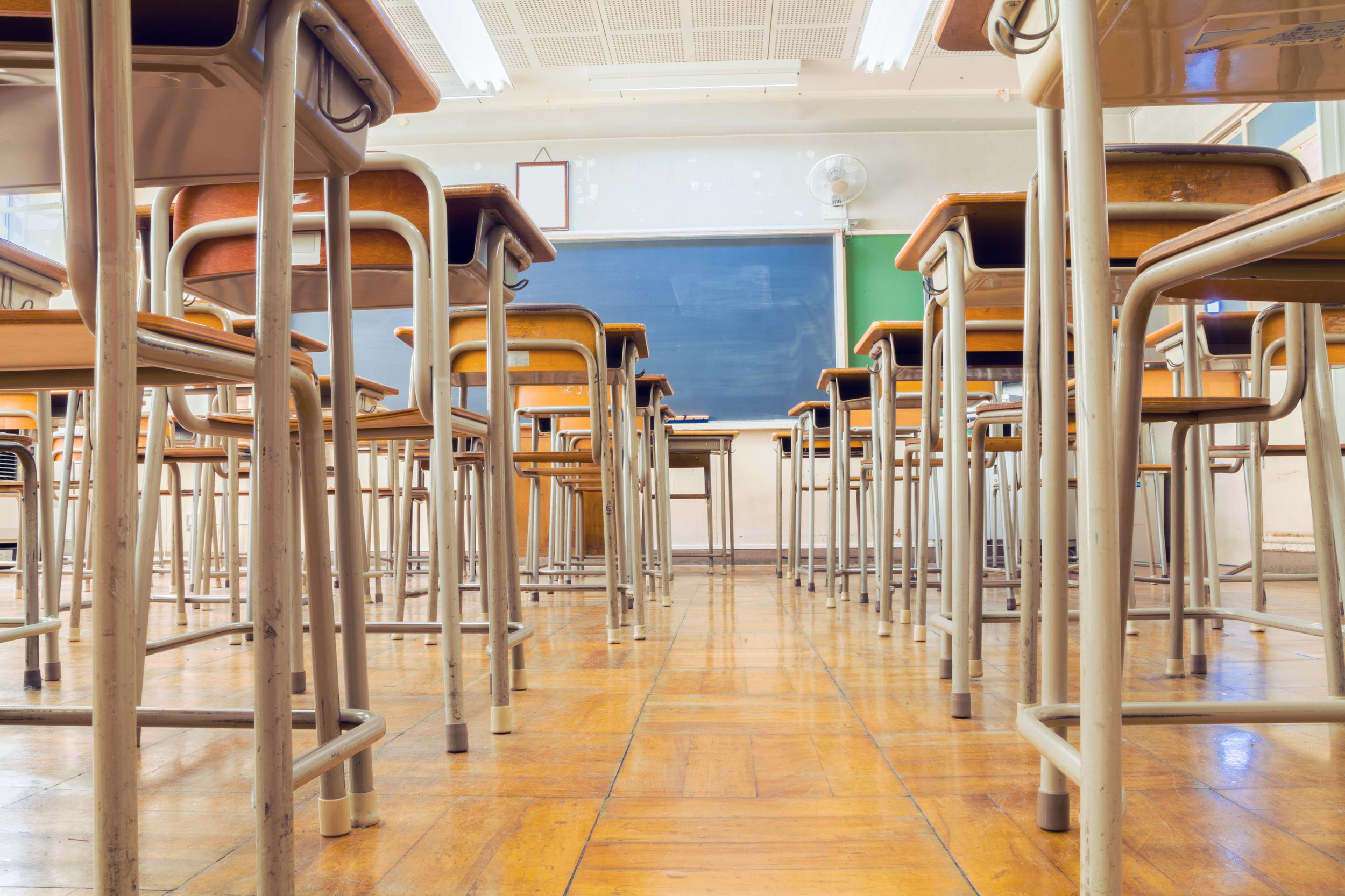From fresh-faced kindergarteners to “been-there, done-that” University of Virginia fourth-years, students across the country will soon head back to school. And educators and administrators are heading back with them.
Faculty conducting research at UVA’s Curry School of Education and Human Development, in partnership with many colleagues in the fields of education and health and wellness, aim to create tools and resources that can make a positive impact.
Below is a collection of some these resources designed to support many of those who, in turn, support students: teachers and school counselors, principals and professors, coaches and parents. Are you or is someone you know gearing up to teach or support students this fall? Take a look below and find a new tool that might be helpful.
For College
• Nudges, Norms, and New Solutions, by Ben Castleman, associate professor of education policy and director of Nudge4 Solutions Lab
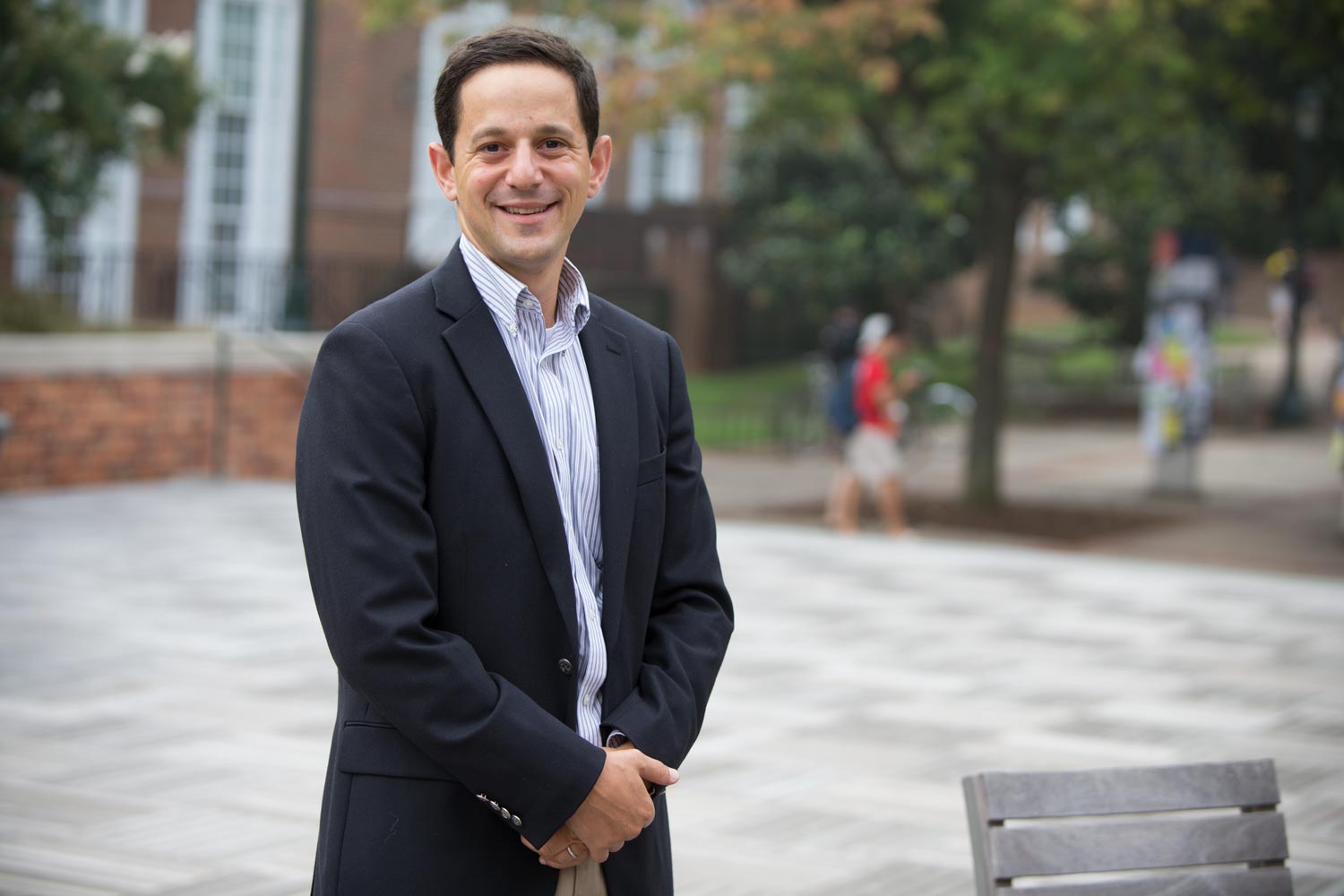
Ben Castleman is the director of the Nudge4 Solutions Lab. (Photo by Sanjay Suchak, University Communications)
“Nudges, Norms and New Solutions” is a guide that takes evidence-based “nudge” strategies, such as sending timely text-message reminders, and puts them directly into the hands of educators as they support students in successfully getting into and through college. The guide, co-developed by Ben Castleman, associate professor of education policy, includes information on obstacles for students aiming to complete college.
“We wanted to develop a useful resource for practitioners that was comprehensive, easy to access and actionable,” Castleman said. “The result is a tool that is more than just a resource. It’s a recipe for effectiveness based on behavioral solutions for the common problems postsecondary practitioners face: access, affordability and persistence.”
For School and Campus Safety
• UVA forensic clinical psychologist Dewey Cornell directs the Youth Violence Project, where faculty and students conduct research on youth violence prevention and school safety and provide training and consultation on topics such as threat assessment, school climate and bullying prevention. The project produces a variety of resources, including procedures for conducting threat assessments and measuring school climate, that are available for universities and K-12 schools at no charge.
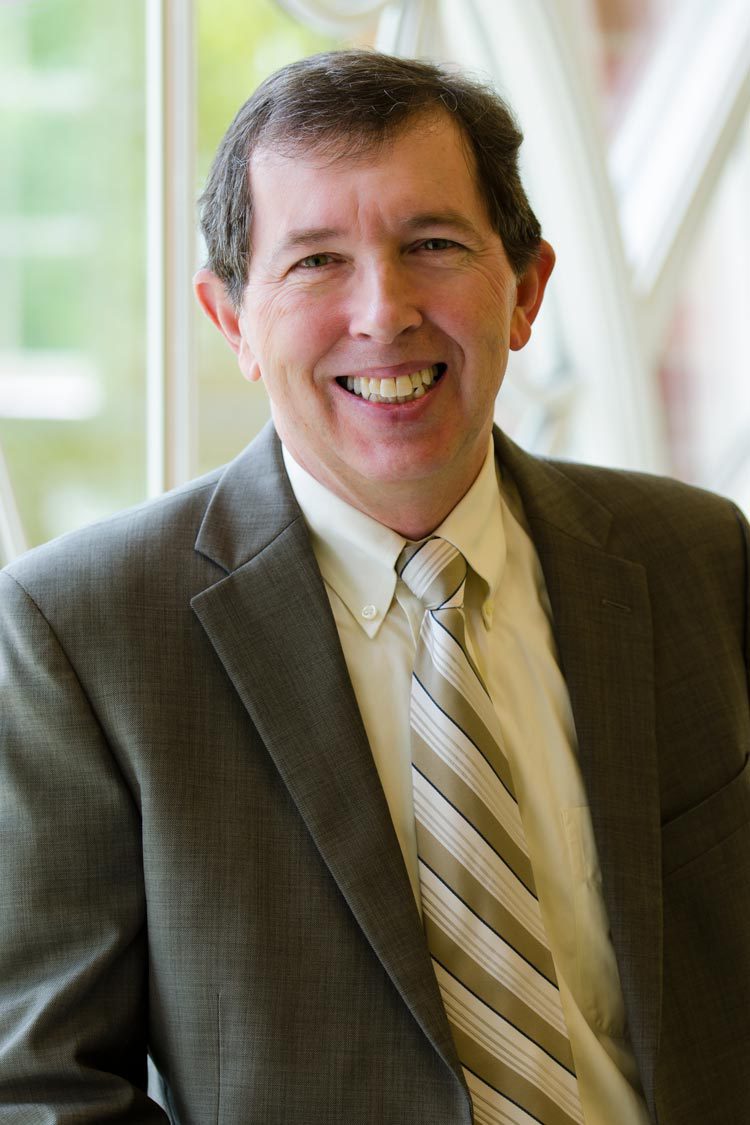
Professor Dewey Cornell directs the Youth Violence Project. (Contributed photo)
“We need to place much more emphasis on prevention than on security,” Cornell said. “And one prevention strategy is evidence-based threat assessment, which can identify serious threats and help prevent violence.”
After the shootings at Virginia Tech and Sandy Hook, Virginia became the first state to require threat assessment teams in every public school, partnering with Cornell, who has been studying school safety for more than 26 years. Now other states, including Florida and Ohio, are moving to adopt the threat assessment model developed at the University.
Among the resources available are the Virginia Model for Student Threat Assessment and Recommended Practices for Virginia College Threat Assessment. A comprehensive school climate assessment measure for K-12 students and staff is also available.
For Sports Safety
• 10 Tips For Safe School Sports: When students go back to school, many also head back to the court, playing field or track. Here, Jay Hertel and Michael Higgins, athletic training and sports medicine experts from the Curry School’s kinesiology program, share their top advice for how parents can set their kids up for a safe and healthy sports season.

Jay Hertel, left, and Michael Higgins are athletic training and sports medicine experts in the Curry School’s kinesiology program. (Left photo by Dan Addison, University Communications; right, contributed photo)
Their tip No. 1? “Be proactive and ask for the school’s emergency action plan.”
“If you’re a parent, you should be very well aware of who is providing care of your son or daughter,” Higgins said. “For sports clubs at high schools and even middle schools, there should be a plan for any emergency that exists. If your athlete gets injured on the football field or the baseball field, on the lacrosse field or the tennis court, who is going to provide care and how are they are to care for your injured son or daughter? These plans should be in place and rehearsed long before the season starts.”
Read tips 2-10 or watch the video conversation online.
For K-12 Teachers
• Videos for Special Education Teachers, Michael Kennedy, associate professor of special education.
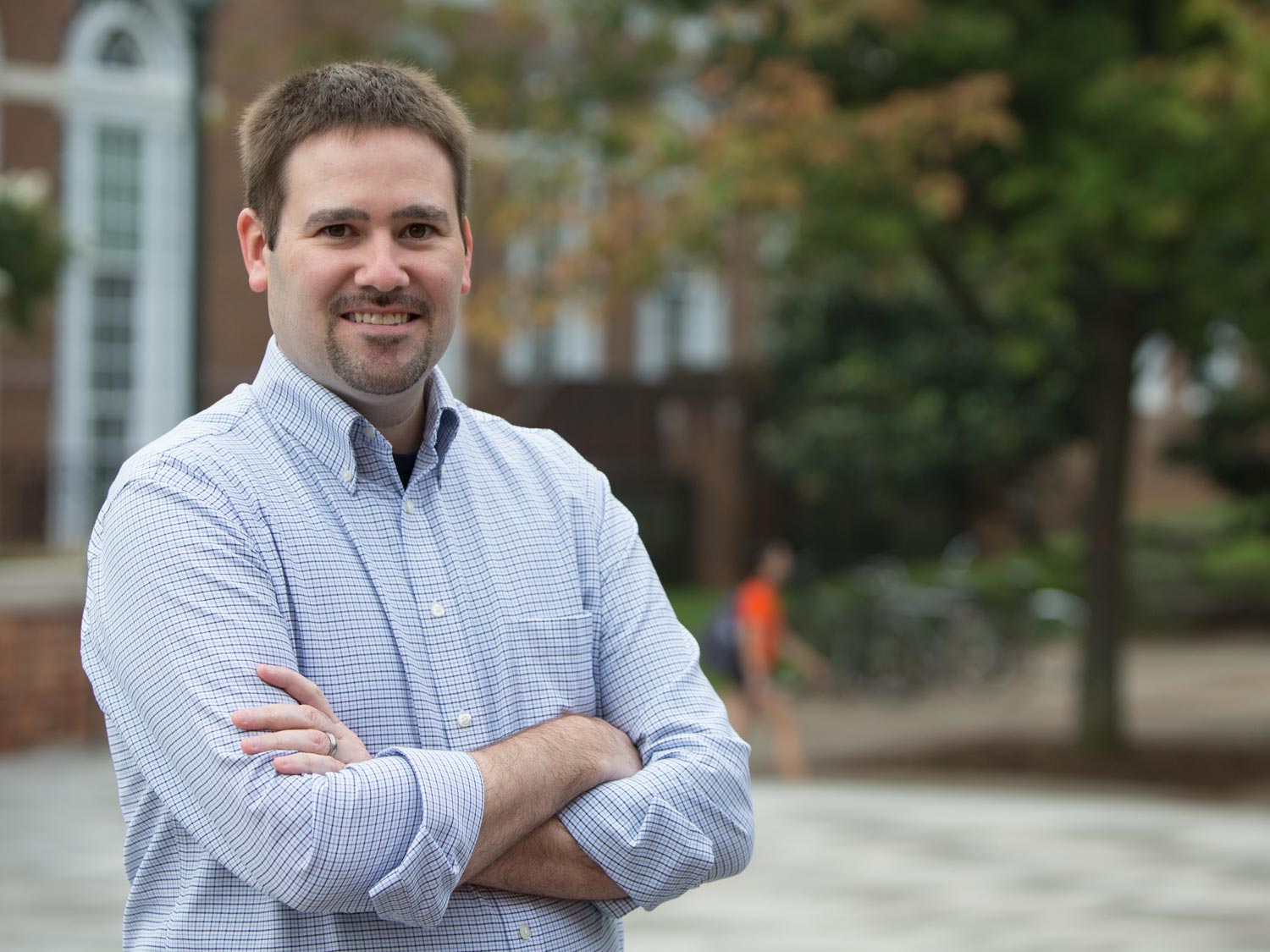
Professor Michael Kennedy helped create a video series on skills for special educators. (Photo by Sanjay Suchak, University Communications)
“High-Leverage Practices” are the skills and competencies that all special educators have the capacity to implement in their classrooms. Associate professor Michael Kennedy has taken a leading role in creating a series of free, online High-Leverage Practices videos that support teacher educators and professional development providers with research-based practices. The videos feature concrete, easy-to-access examples of such practices in action, in real classrooms, with real students. The video library is available online.
“Educators on the front lines want to soak up as much new knowledge as quickly as they can,” Kennedy said. “The video series my team produced offers an engaging way to access the ideas introduced within the print-based HLPs materials. By featuring teachers and students from a range of grade levels and classrooms, with the common thread being implementation of these HLPs, we hope the audience will be empowered to take hold of these new practices.”
• Teaching a Classroom of Diverse Learners, Carol Tomlinson, William Clay Parris Jr. Professor of Education
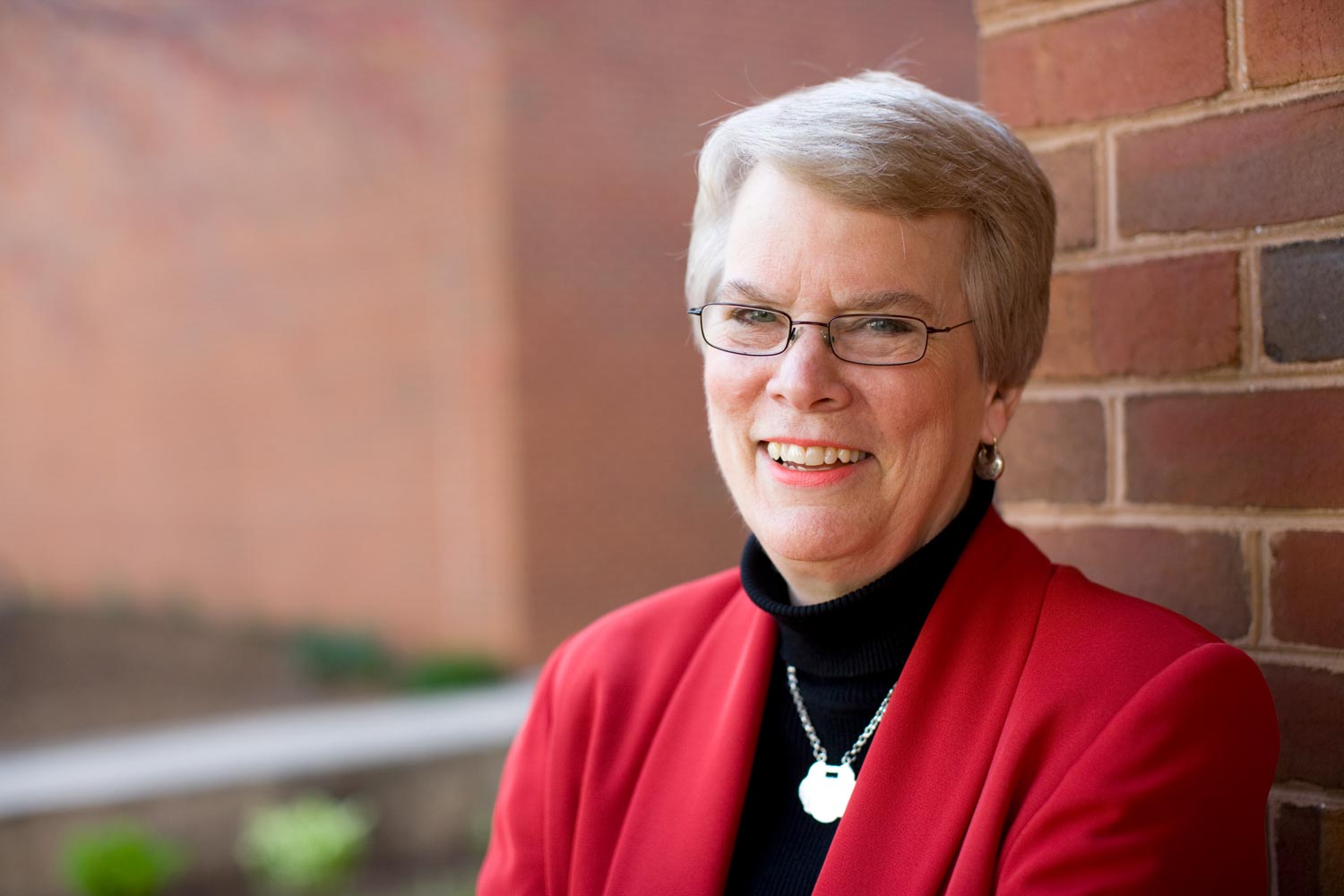
Professor Carol Tomlinson published a series of videos on differentiated instruction. (Photo by Dan Addison, University Communications)
Differentiated instruction is the way a teacher structures their lessons to effectively teach students who range widely in culture, language, race, readiness, interests, learning challenges, adult support systems and so on. Carol Tomlinson, William Clay Parris Jr. Professor of Education, and Curry School colleagues Carolyn Callahan, Tonya Moon and Catherine Brighton launched the Institutes on Academic Diversity in 1996 to help educators understand the principles of differentiated instruction and create responsive classrooms that meet the diverse learning needs of today’s students.
As part of the Institutes, Tomlinson has published a series of free videos for educators, covering a series of topics on differentiated instruction.
“Differentiated instruction is a way of thinking about teaching with the student in mind,” Tomlinson said. “It allows teachers to make adjustments as necessary to be sure all students go on the most meaningful learning journey possible and arrive at the end showing robust growth.”
• Strengthening Relationships in Classrooms, Jason Downer, professor and director, Center for Advanced Study of Teaching and Learning
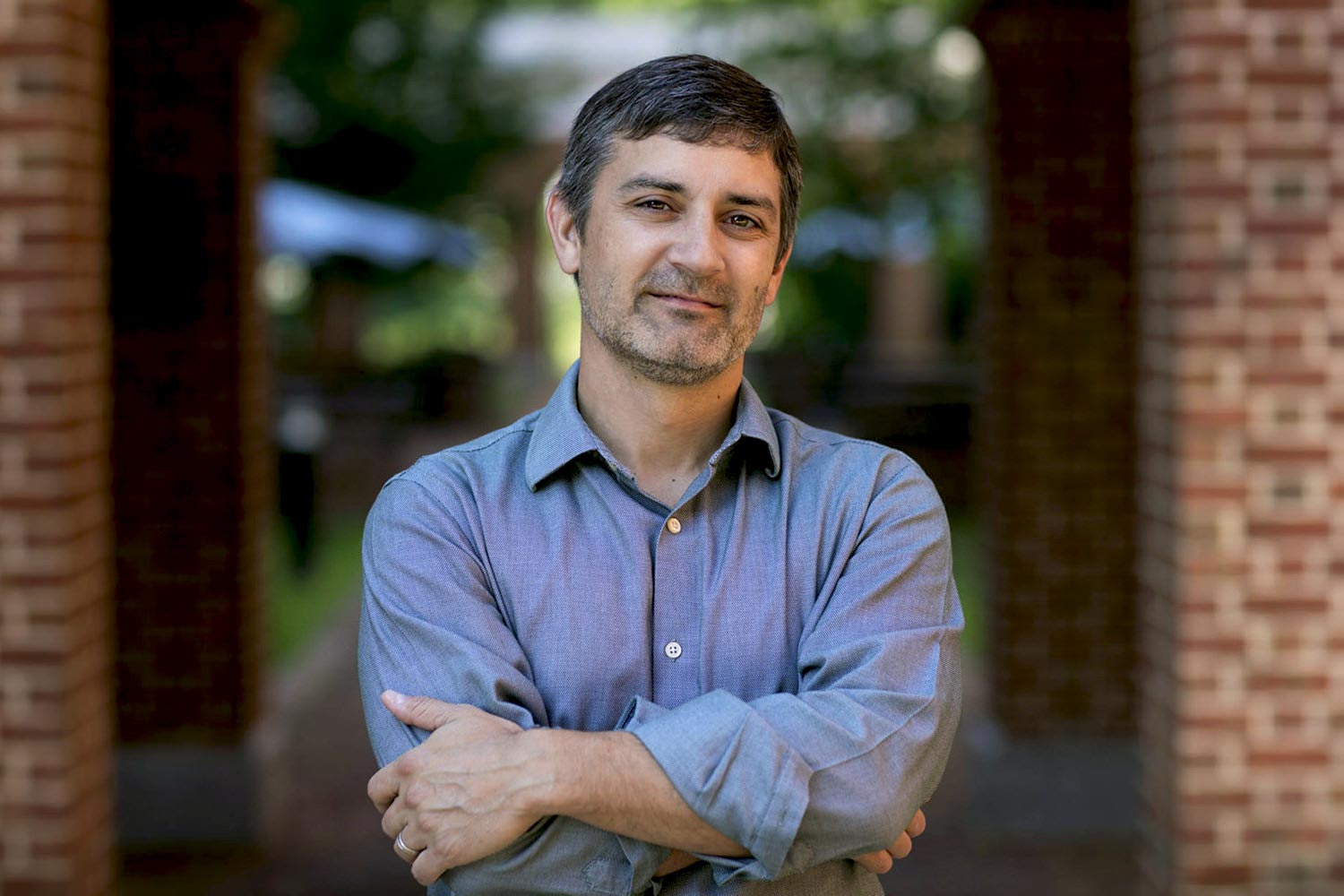
Professor Jason Downer is director of the Center for Advanced Study of Teaching and Learning. (Photo by Dan Addison, University Communications)
An online learning program for teachers, designed at UVA’s Center for Advanced Study of Teaching and Learning, is aiming to build strong student relationships in classrooms. The program, Creating Opportunities Through Relationships, is freely available online, and addresses a common problem that many K-12 schools are facing: the disproportionality with which African American and other non-white groups are administered punitive and exclusionary discipline.
“[Creating Opportunities Through Relationships] modules were developed to reduce disparities in discipline practice by targeting and fostering teachers’ skills to interact more effectively with students from different racial, ethnic, language and economic backgrounds,” said Jason Downer, director of the Center for Advanced Study of Teaching and Learning and co-developer of the program. “These teacher-student relationships then serve as the conduit through which students can access educational resources, take advantage of learning opportunities and feel connected to school.”
• Activities for Young Readers, Marcia Invernizzi, professor emerita
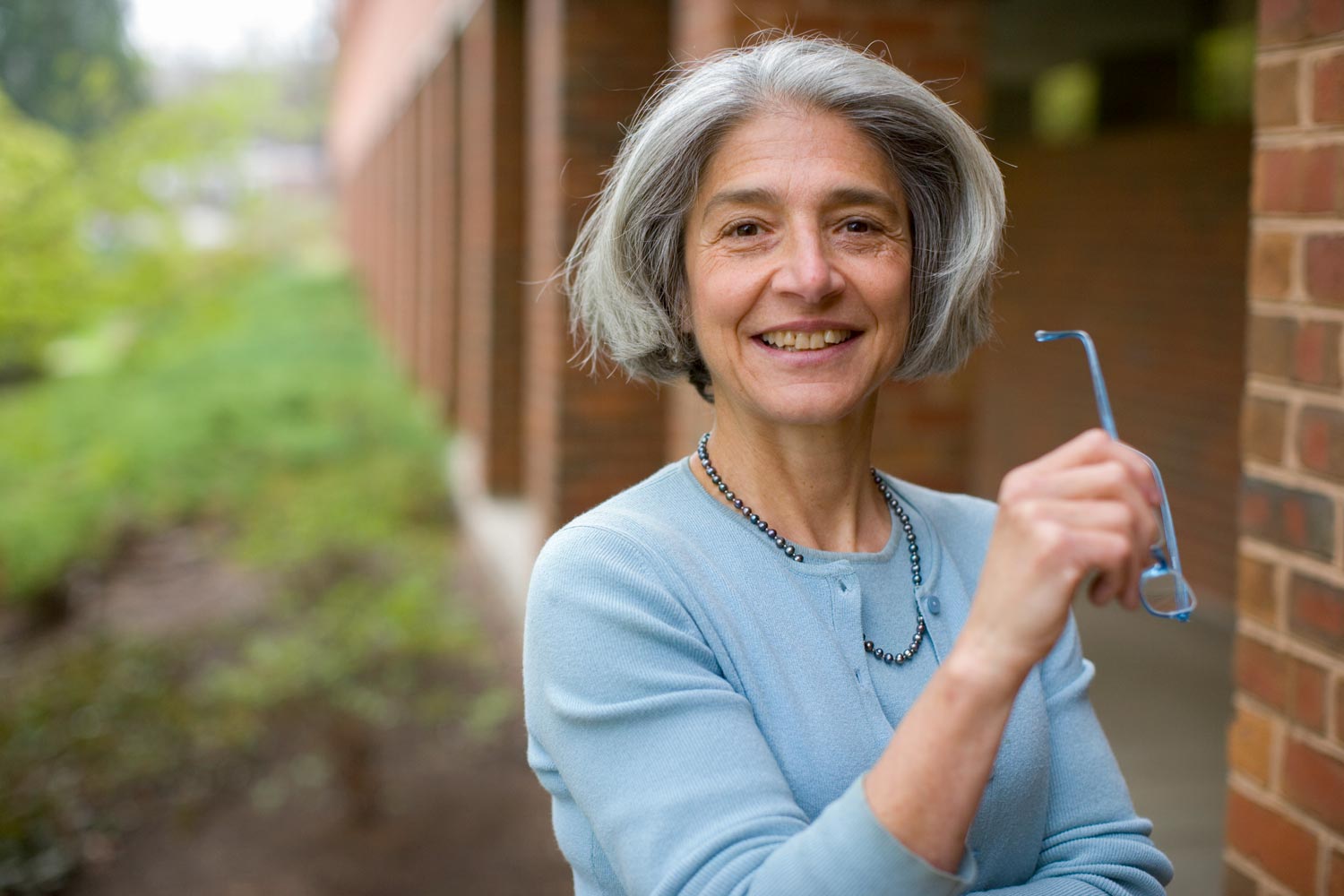
Professor Marcia Invernizzi is the creator of Phonological Awareness Literacy Screening. (Photo by Dan Addison, University Communications)
The Phonological Awareness Literacy Screening, or PALS, is a set of assessments and teaching tools used in six countries and all 50 states to identify and provide customized learning experiences for young children at risk of becoming poor readers. Available on the PALS website are a series of printable activities to improve phonological awareness and literacy skills for children in pre-kindergarten through third grade.
“There’s a window of opportunity to get kids reading,” Marcia Invernizzi, professor emerita and creator of PALS, said in 2013. “Only seven out of 10 ninth-graders today are going to graduate from high school. We know that we can actually change the trajectory for our most at-risk children through early intervention, and that’s where PALS comes in.”
Media Contact
Article Information
August 20, 2019
/content/back-school-tools-those-who-support-students

